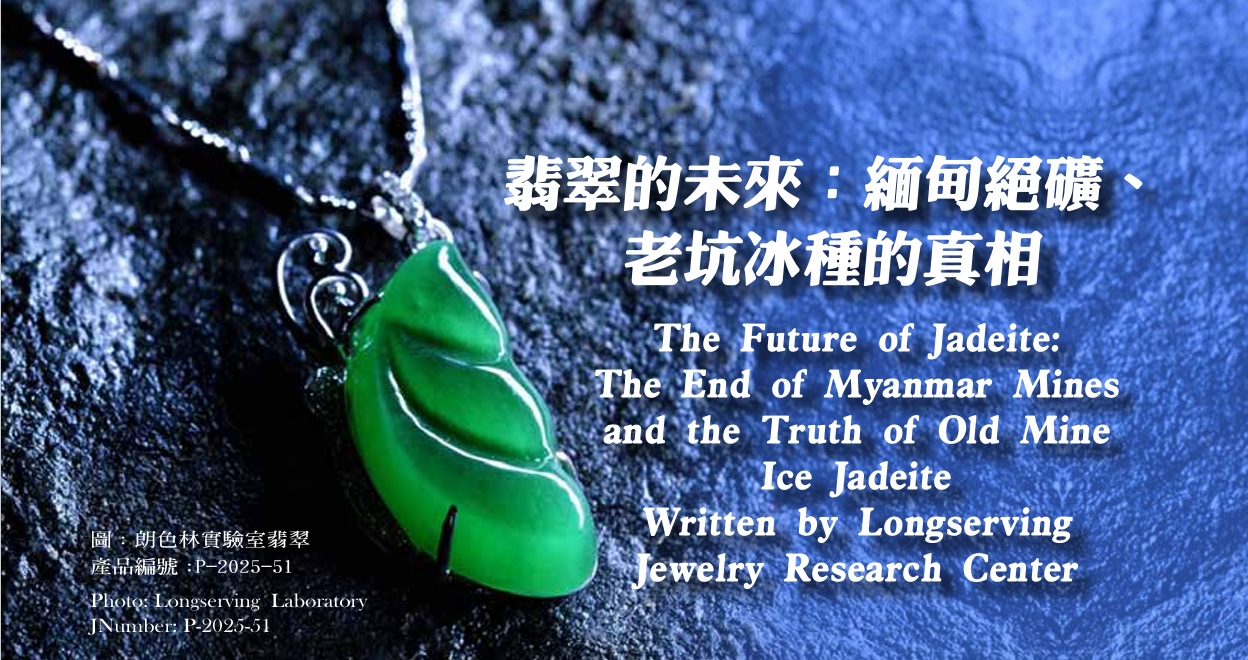
From Emerald to Jadeite: The Green Soul Beyond Luxury
In the West, the most famous green gemstone is emerald—brilliant, transparent, and a symbol of hope, love, and nobility. A favorite of royal crowns and top-grade jewelry, top-quality Colombian emeralds range from USD 5,000 to 50,000 per carat.
However, with a Mohs hardness of only 7.5 and numerous natural fissures, emeralds are fragile and require constant oiling to maintain their luster. Over time, they tend to lose brilliance due to environmental and preservation factors.
In the East, another kind of green has quietly flourished for millennia—jadeite, known among Chinese as “The King of Jade.”
Its beauty does not rely on sparkle, but on depth—like mist over spring mountains or moisturizing wind. The value of jadeite is not measured by carat, but by the harmony of color, translucency, texture, and craftsmanship.
Among them, the most prized variety—Imperial Green Old Mine Ice Jade—has repeatedly broken records at international auctions, with a single bangle fetching over NT$100 million (about USD 3 million).
Emerald wins with light; jadeite triumphs with soul.
The former dazzles like a fleeting spark; The latter is serene, like life in gentle motion.
The value of emeralds is driven by brand prestige and clarity, whereas the value of jadeite arises from its culture, heritage, and rarity.
If emerald represents Western romance,then jadeite embodies Eastern eternity.
In this era of mine closures and dwindling natural supply, jadeite not only rivals emerald—it surpasses it.
I. The Era of Rarity: The Current State of Natural Jadeite
In the world of gemstones, none embody both culture and wealth quite like jadeite. Its lush green hues and water-like luster have earned it the title “King of Jade.” Yet this glory is now entering an age of scarcity.
For the past three decades, Kachin State in northern Myanmar has been the world’s only region producing high-quality jadeite on a large scale. Today, however, the closure of mining concessions, stricter environmental regulations, and years of overextraction have turned once-vibrant green valleys into silent gray wastelands.
In 2020, a massive landslide in the Hpakant mining area killed hundreds of miners, marking a turning point in Myanmar’s jadeite history. In the years that followed, the government imposed successive mining bans and restructuring efforts, causing the supply of raw jadeite to plummet.
For the market, this means that “authentic Burmese jadeite” is disappearing — and top-grade rough stones are becoming nearly impossible to find.
II. The Mining Map of Myanmar: From Hpakant to Muna
In the jade trade, one cannot discuss jadeite without mentioning “mine site,” known in Chinese as “pithead” A mine site denotes not only geography but also heritage and quality lineage.
Hpakant — the “mother of all pitheads” — has produced countless legendary imperial-green jadeites throughout history. Within Hpakant lie subzones such as Mowanji, Muna, Dagudi, and Mamon, each known for yielding exceptional material.
•Muna Mine is famed for its rich color and fine, compact texture — regarded by connoisseurs as the true emblem of an “old mine.”
•Hau Giang Mine is known for its translucency, producing pale yet crystal-clear jadeite often cut into ice or glass varieties.
•Other mines such as Moka, Nanqi, and Moshisha, though smaller in scale, occasionally produce remarkable surprises.
Today, many of these mine sites have been declared “exhausted” — meaning high-quality jadeite material has run out, and mining costs far exceed returns. The glory of the old mines now lives mostly in private collections, while new or peripheral sites occasionally yield fine stones but lack consistent supply.

“This article is excerpted from the print special issue Treasured Love Special Issue. For the full content, please purchase through the designated channels.”
